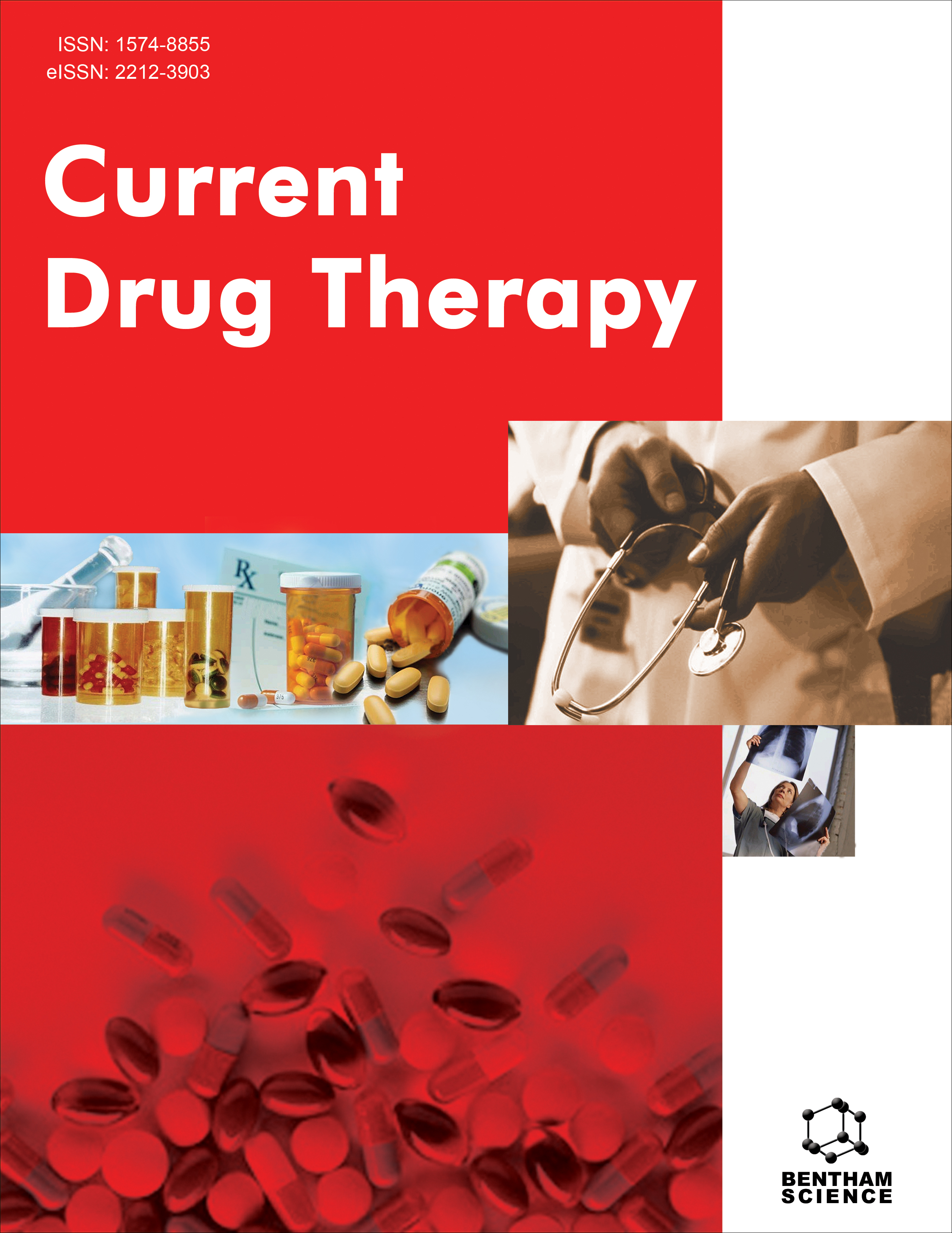
Full text loading...
We use cookies to track usage and preferences.I Understand
Gold Nanoparticles (GNPs) have emerged as a novel technology in the field of targeted delivery systems, offering promising solutions for site-specific disease treatment. These nanoparticles possess unique physicochemical properties, such as controlled size, shape, and surface chemistry, which enable precise manipulation for enhanced therapeutic efficacy. The biocompatibility and ease of functionalization of GNPs facilitate the conjugation with various biomolecules, including drugs, peptides, and nucleic acids, thereby improving their targeted delivery capabilities. Recent advancements in nanotechnology have leveraged GNPs for the treatment of a range of diseases, particularly in oncology, cardiology, and neurology. In cancer therapy, GNPs can be engineered to target tumor cells selectively, minimizing damage to healthy tissues and reducing side effects. This is achieved through the conjugation of GNPs with tumor-specific ligands, antibodies, or aptamers, which direct the nanoparticles to malignant cells, allowing for localized drug release and improved therapeutic outcomes. Moreover, GNPs exhibit remarkable potential in diagnostic imaging and photothermal therapy. Their unique optical properties, such as surface plasmon resonance, enable their use as contrast agents in imaging techniques, providing high-resolution and real-time monitoring of disease progression. In photothermal therapy, GNPs convert light energy into heat, effectively destroying targeted cells with minimal invasiveness. The development of GNP-based delivery systems also addresses significant challenges in drug resistance and bioavailability. By overcoming biological barriers and enhancing cellular uptake, GNPs improve the pharmacokinetics and pharmacodynamics of therapeutic agents. However, despite these advancements, the clinical translation of GNPs faces challenges such as potential toxicity, long-term stability, and regulatory hurdles. In conclusion, gold nanoparticles represent a cutting-edge approach in targeted delivery systems, offering significant potential for site-specific disease treatment. Continued research and innovation are essential to overcome existing challenges and fully realize the clinical applications of GNPs, ultimately revolutionizing precision medicine.
Gold nanoparticles exhibit unique physicochemical and optical properties. The gold nanoparticles have advanced techniques to cure different chronic diseases. Today, gold nanoparticles are aided by photodynamic therapy and radiation therapy as drug carriers. Due to this, researchers now focus on medical sciences to treat various diseases and therapeutic applications. This review provides all the aspects of gold-based nanoparticles, methods, and their pharmacological benefits in different fields of medical sciences. We also discuss various preparation methods and their advantages in pharmaceutical formulations.

Article metrics loading...

Full text loading...
References


Data & Media loading...

